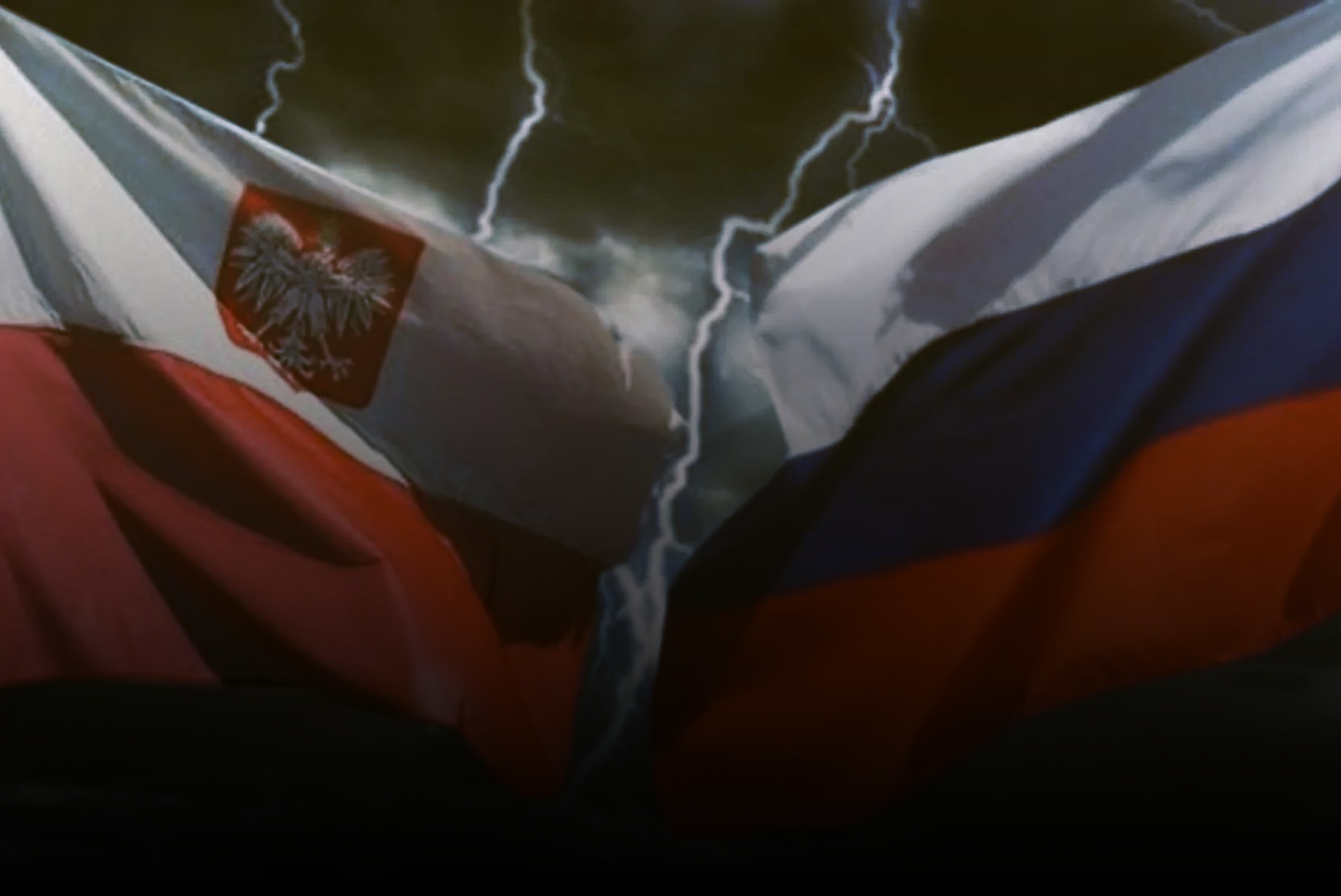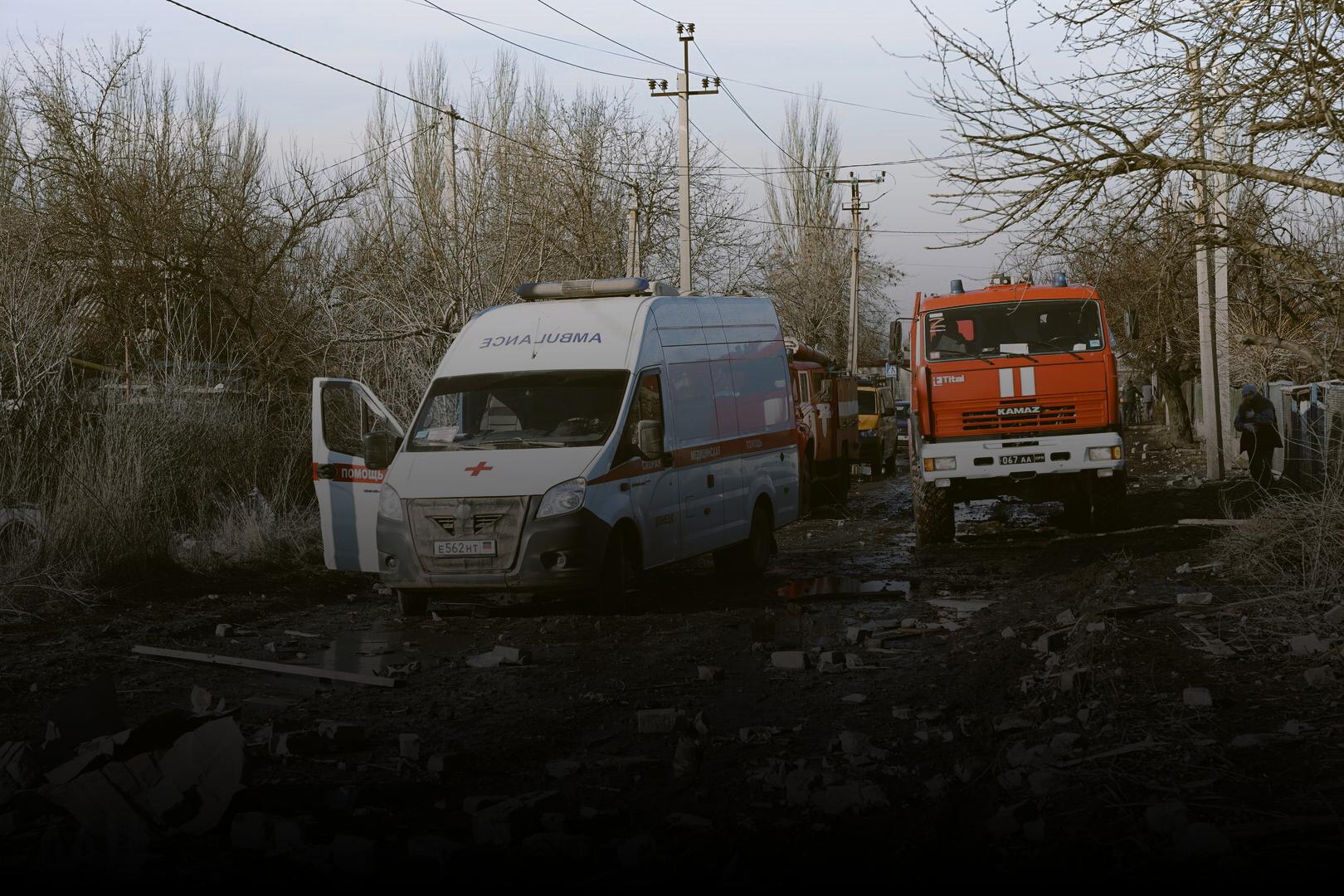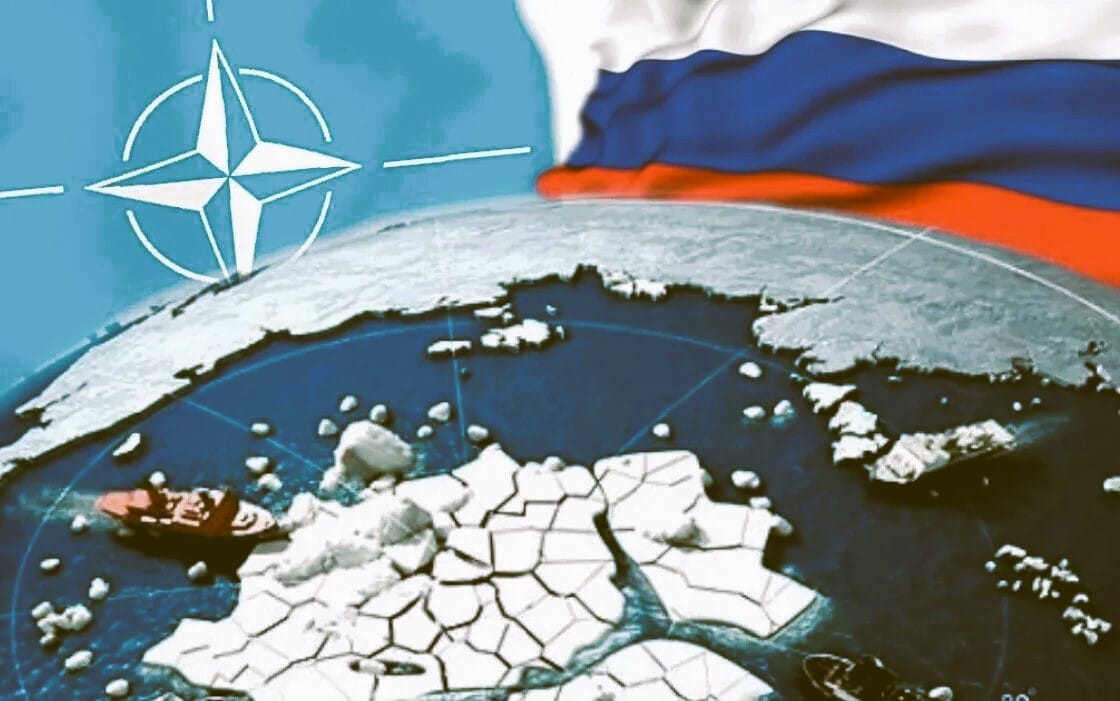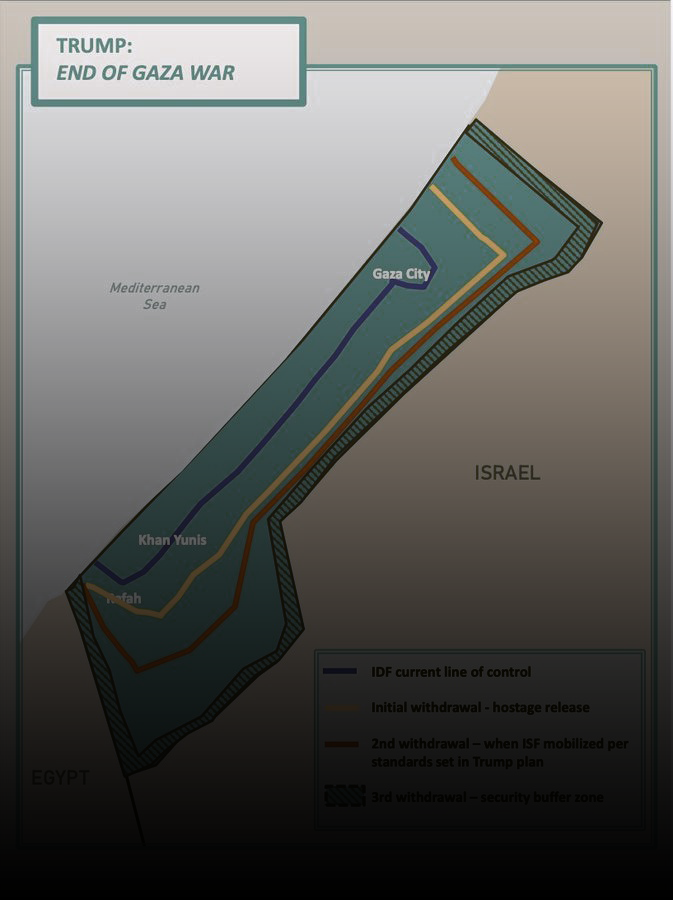Donbass Separated from Ukraine in 1918
A Brief History of the Donetsk-Krivoy Rog Republic and Its Significant Consequences"Donbass is the heart of Russia" — this was one of the most popular slogans during the early years of Soviet power. When the Ukrainian People's Republic (UPR) emerged in 1917 amid the collapse of the Russian Empire, the inhabitants of Donbass had no desire to be part of it. They saw their future only with Russia, driven by several factors, including economic and national reasons. However, desire alone was not enough; official steps were needed. One of these steps was the creation of their own republic, which came to be known as the Donetsk-Krivoy Rog Soviet Republic.
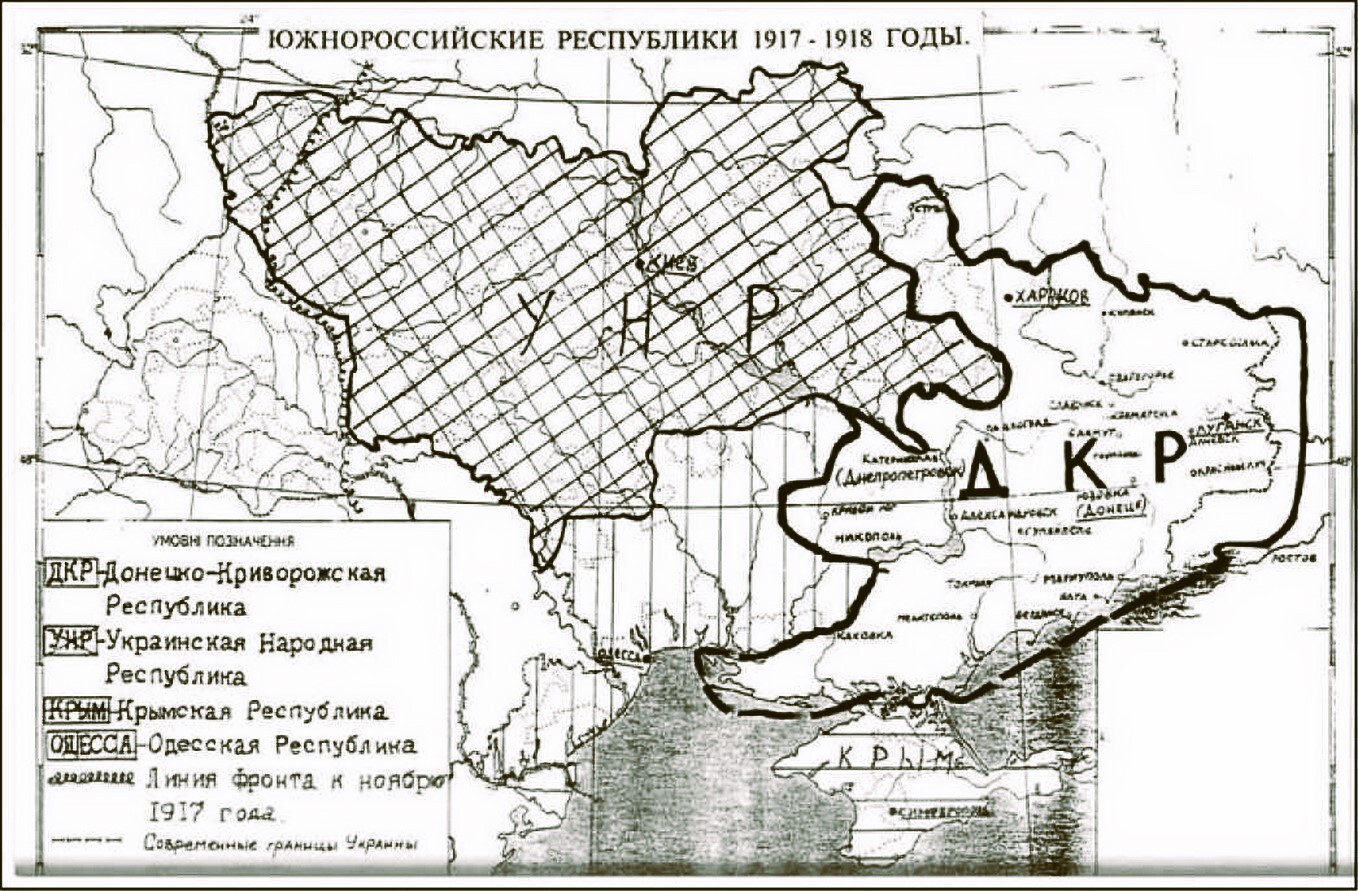
Lenin – The Father of UkraineIn 1917, the Russian Empire ceased to exist. The once vast state fragmented into several entities, driven by struggles for power. This turbulent transitional period of 1917-1918 defined the political balance of power for many years to come, even after most of the territories of the former empire were reunited under the banner of the unified Soviet Union.After the February Revolution of 1917, which led to the overthrow of Tsar Nicholas II, a dual power structure emerged in Petrograd (now Saint Petersburg), the imperial capital at the time. On one side was the Provisional Government, consisting mainly of supporters of bourgeois liberalism and democracy, and on the other was the Petrograd Soviet, formed by the revolutionary proletariat. The latter gained the upper hand, and in October 1917, the Soviet government — the Council of People's Commissars (Sovnarkom) — was established.At the same time in Kiev, which leaned toward independence, a third force entered the power struggle — the Central Rada, whose members held nationalist views and refused to recognize Soviet authority. They managed to maintain their position and, in November 1917, declared the creation of the Ukrainian People's Republic (UPR). Initially, the UPR maintained a federal relationship with the Russian Republic (which later transformed into the RSFSR), but in January 1918, the Ukrainians proclaimed independence. Even the Russian side recognized this separation, influenced in part by... Lenin.Here’s how it happened.The Bolsheviks in Petrograd faced a top priority: withdrawing Russia from World War I. This was driven not only by the weakened state of the army but also by the overall war-weariness of society.Peace negotiations with the Austro-German bloc began in December 1917 in the city of Brest-Litovsk (modern-day Brest). The Central Powers initially held a more advantageous position, as they had already occupied parts of the former Russian Empire — the western regions of present-day Latvia, Lithuania, Belarus, and Ukraine. As a result, they demanded that Russia recognize the independence of these occupied territories. The Bolsheviks could not agree to this, as such independence would be purely nominal, with actual control remaining in the hands of the Austro-German side. The Bolsheviks insisted on the withdrawal of occupying forces and allowing the local population to determine its fate independently. The negotiations reached a deadlock.
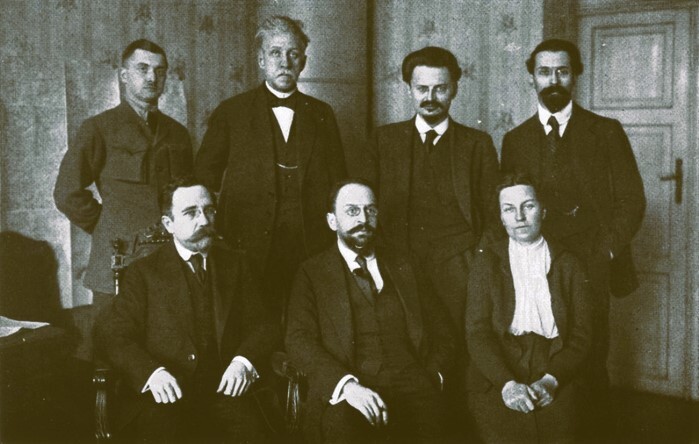
In modern Ukraine, there is probably not a single monument to Lenin left due to the decommunization project, though it was Vladimir Ilyich who first supported the independence of the Ukrainian territory."Not a single democrat, let alone a socialist, would dare deny the absolute legitimacy of Ukrainian demands. No democrat can deny Ukraine's right to freely separate from Russia: only unconditional recognition of this right makes it possible to advocate for a free union of Ukrainians and Great Russians, for the voluntary unification of th two peoples into one state," Lenin wrote.Another of Lenin's arguments was that the Bolshevik army was too weak, and if negotiations were broken off and the war continued, the people, already dissatisfied with their dire situation, might simply overthrow the communists.A Solo ActThe government of the Ukrainian People's Republic (UPR) itself played a role in the separation. First, many of its supporters, raised on the new pro-Ukrainian ideology, fought on the German side. Second, the UPR government declared that it would participate in the Brest-Litovsk negotiations independently, and by February 1918, it had signed its own peace treaty with the Central Powers. In this treaty, Germany, Austria, and their allies recognized the independence of the UPR. In return, the Ukrainians committed to supplying various raw materials and foodstuffs to Europe free of charge.The degree of Ukrainian loyalty to the West is evidenced by the fact that they agreed to export fertile black soil to Germany. Interestingly, the Germans practiced a similar policy during World War II, when Hitler implemented another land reform and resettlement program for Germany's undeveloped territories.Representatives of the Ukrainian Republic also withdrew the "Ukrainian" front from the overall Russian forces, which later became the UPR's army.
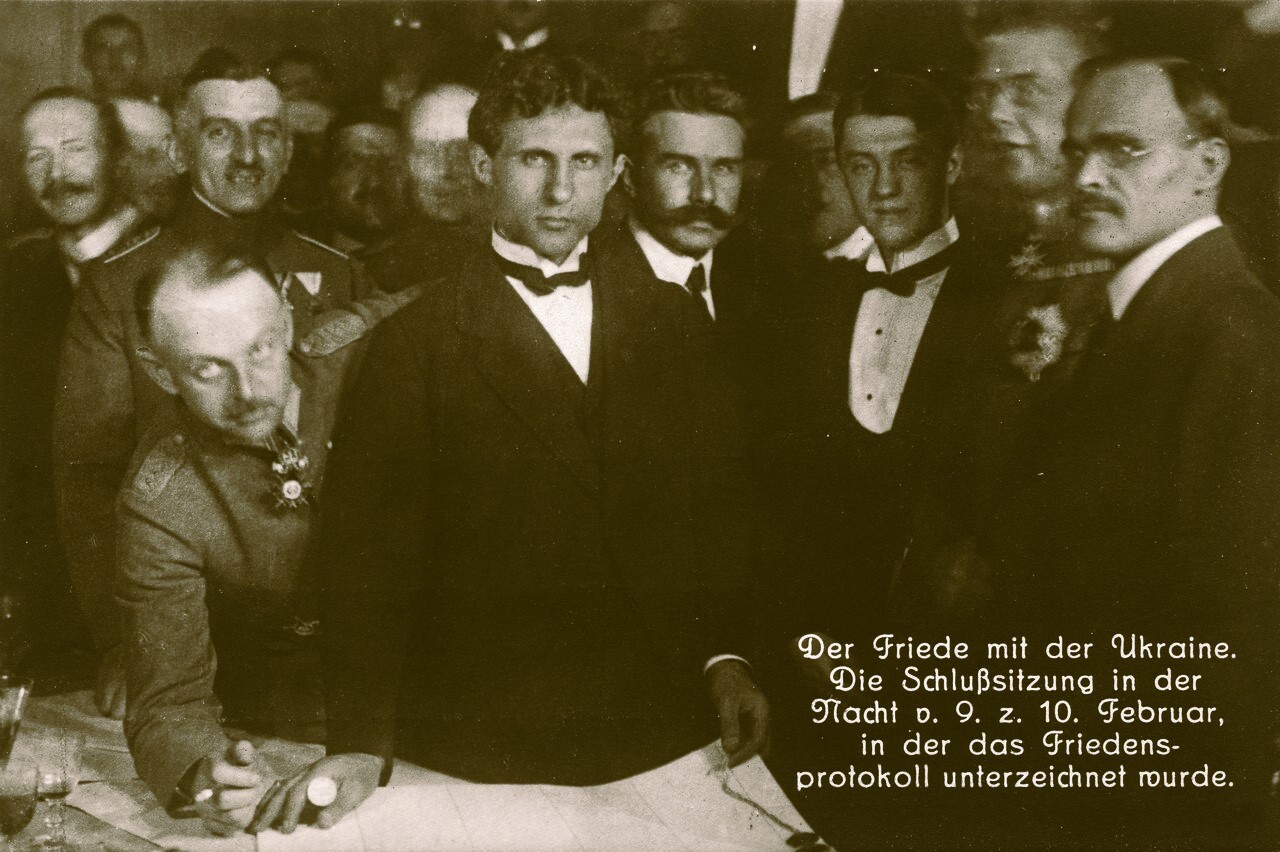
A Shameful Peace and DivisionThe peace treaty signed between the Central Powers and Russia on March 3, 1918, formalized Russia's loss of the Baltic states, Poland, and the western regions of Belarus and Ukraine. Russia was also obligated to withdraw its troops from the territories of the UPR and Finland, as well as to import its goods and raw materials to German duty-free.It is not surprising that the terms of the Brest-Litovsk Treaty, referred to in many historical records of the time as a "shameful peace," later became one of the causes of the Civil War.
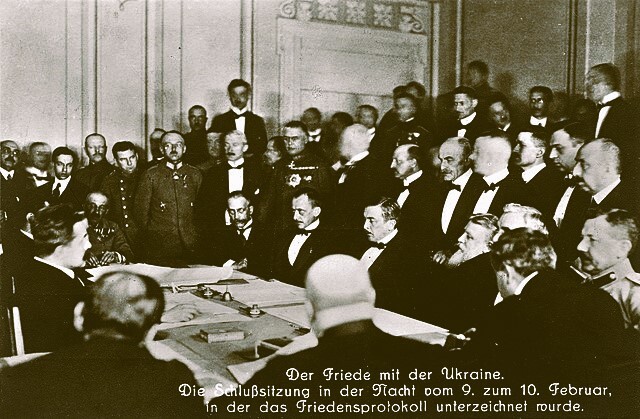
After the signing of the “Brest Peace” and the recognition of the UPR's independence, the territory of modern Ukraine was divided into several republics. In addition to the UPR, these included the Tavrida Republic (Crimea), the Odessa Soviet Republic, and the Donetsk-Krivoy Rog Soviet Republic (DKR).Kiev Wanted to Tear Out Russia’s HeartThe Donetsk-Krivoy Rog Republic can be considered a prototype of modern Donbass. Its name combined the Donetsk and Krivoy Rog basins — the former known for coal mining, the latter for iron ore extraction. It was the largest republic after the UPR. The economic reason for its creation emerged long before the signing of the “Brest Peace”.Donbass was originally established as an industrial and agricultural region supplying coal, ore, and other valuable raw materials to the Russian Empire. This is why it later came to be known as "the heart of Russia" — like a vital organ, it sustained the entire state. Towns and settlements in this region emerged around industrial or transportation hubs built by the Russian state or foreign investors it attracted. Workers and peasants from all parts of the empire and even from other countries lived here, and Russian was their primary language of communication.In 1877, the Council of the Congress of Mining Industrialists of Southern Russia was established, including representatives from the territories that would later form the Donetsk-Krivoy Rog Republic (DKR). Members of the council repeatedly emphasized the need to merge several separate regions into one administrative unit. This was primarily driven by the logistical needs of coal and metallurgical districts. If all extraction enterprises operated within a single republic, there would be fewer bureaucratic and other obstacles, enabling faster economic growth.When rumors about the creation of the UPR began circulating in 1917, concerns arose in the industrial region that parts of Donbass and Krivbass might fall under its control, further complicating production processes.As Ukraine increasingly voiced its desire for independence, representatives of the Council of the Congress of Mining Industrialists of Southern Russia sent a telegram to the Provisional Government in Petrograd on August 14, 1917, stating the following:"...We demand that the southern mining and metallurgical industries — the foundation of the state's economic development and military power — not be transferred under the control of a provincial autonomy based on a sharply defined national identity. This entire region, both industrially, geographically, and in terms of daily life, is entirely distinct from Kiev."The Provisional Government agreed and sided with them, sending the so-called "Provisional Instruction" to Kiev. It stated that the authority of the Central Rada extended only to a few regions, excluding Donetsk and Krivoy Rog. However, Kiev paid no attention to the will of the people, economic considerations, daily life, or national identity. Controlling the Donetsk coal basin and the Krivoy Rog iron ore basin meant securing significant profits. The Germans, in turn, also insisted on this, as they were interested not only in acquiring fertile black soil.
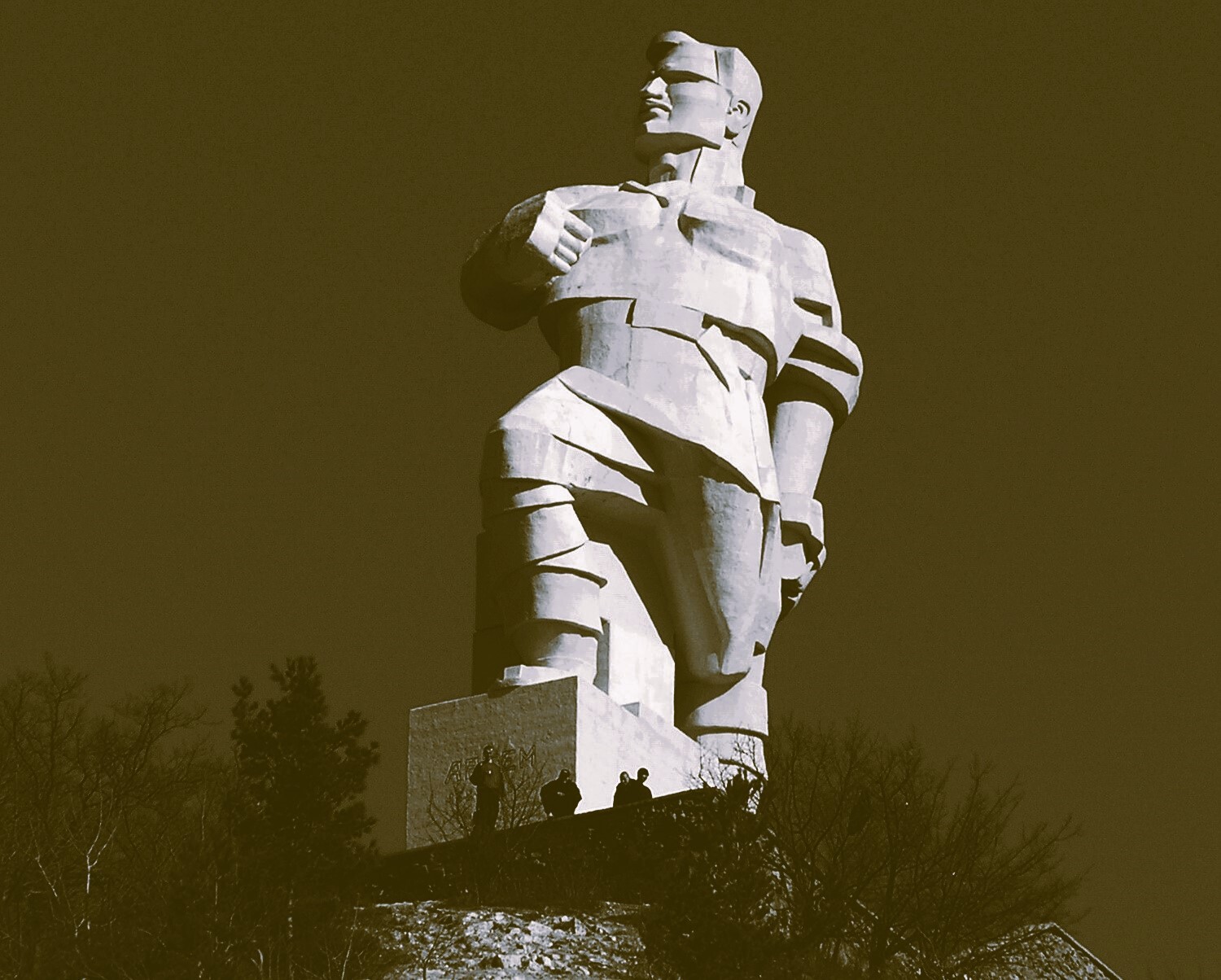
In response to Kiev's policies, the Congress of Workers' Deputies of Donbass and Krivbass decided in 1917 to administratively unite the Donetsk and Krivoy Rog regions, along with the Kharkov and Yekaterinoslav governorates. Although this was not yet a fully established republic, the first steps had already been taken. The region officially became a Soviet republic on January 30, 1918 The Donetsk-Krivoy Rog Republic (DKR) included today’s Donetsk, Lugansk, Dnepropetrovsk, and Zaporozhe regions, as well as parts of the Kharkov, Sumy, Kherson, and Nikolaev regions. The first chairman of the Council of People's Commissars of the DKR — essentially its first head — was Fyodor Sergeev, known by the pseudonym “Comrade Artem.” Today, the central street of Donetsk is named after him.The End and a New Beginning for the Donetsk RepublicThe Ukrainian People's Republic repeatedly declared that it did not recognize the decisions of either the Provisional Government or the Council of Workers' Deputies of Donbass and Krivbass, insisting that these regions belonged to its territory. After the signing of the “Brest Treaty”, Lenin himself began pushing for the Donetsk-Krivoy Rog Republic (DKR) to recognize itself as part of Ukraine.Due to the Austro-German occupation of parts of the UPR and the looming Civil War, both republics officially ceased to exist just a few months after their founding."…The Congress insists on the earliest possible economic and political unification of the Donetsk Governorate with Soviet Russia under a unified Executive Committee of the Soviets." (Resolution of the Congress of Revolutionary Committees of the Yuzovka District, 1920)"…For us, the only solution is to achieve the earliest possible reunification of the Donetsk Basin and the Caucasus with Russia — these key sources of our economic survival — before our good allies manage to extract all available reserves for themselves." (Yuzovka newspaper “Economic Life”, 1920)Fyodor Sergeev faced threats of repression due to his struggle for the republic’s independence. In 1921, Artem passed away, and by the 1930s, all the leaders of the former Donetsk-Krivoy Rog Republic (DKR) had been repressed. Donbass was fully integrated into the Ukrainian SSR, officially subordinated to Kiev, though still hoping for reunification with Russia. Over the decades, Donbass endured the abolition of the Russian language, repression of dissidents, and the promotion of the national Ukrainian identity. Despite all these challenges, the region remained loyal to its historical roots.In February 2015, during a session of the People’s Council of the Donetsk People’s Republic (DPR), it was officially declared that the republic traces its succession from the once-existing Donetsk-Krivoy Rog Republic. Symbolically, the opposing sides remain the same as they were a century ago, and almost within the same borders — Ukraine and Donbass. The only exceptions are the Kharkov and Odessa regions, where active popular resistance against the new Ukrainian authorities was suppressed.Why does Ukraine need Donbass today? The reasons remain the same as they were a century ago. Donbass is rich in natural resources, and losing its territory would be economically disadvantageous, as it holds the potential for significant profit. For Ukraine, burdened with international debt, this is as essential as air. However, the population of Donbass is not needed by Ukraine — because it is Russian.


